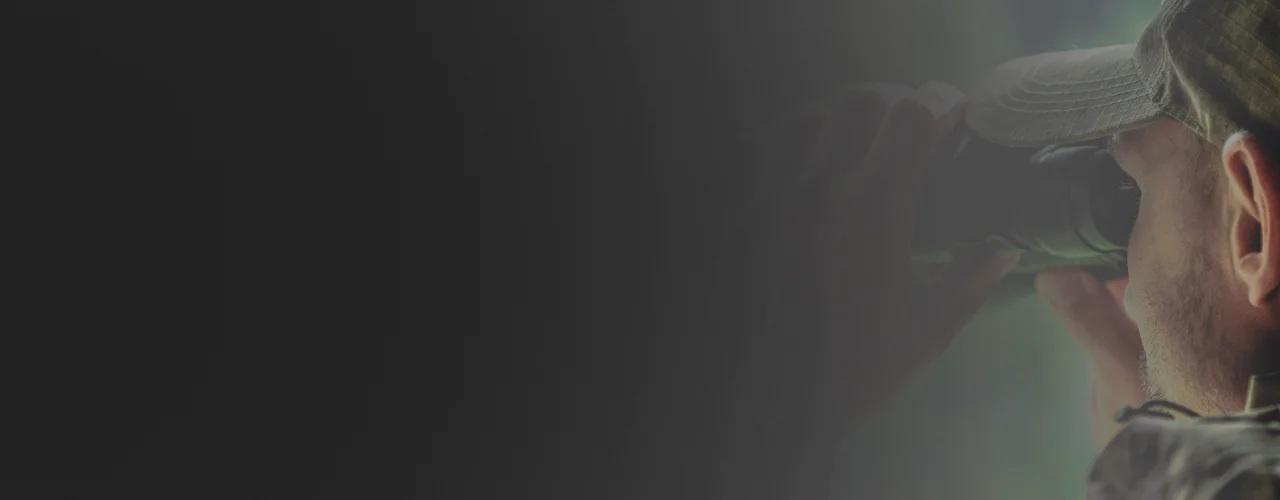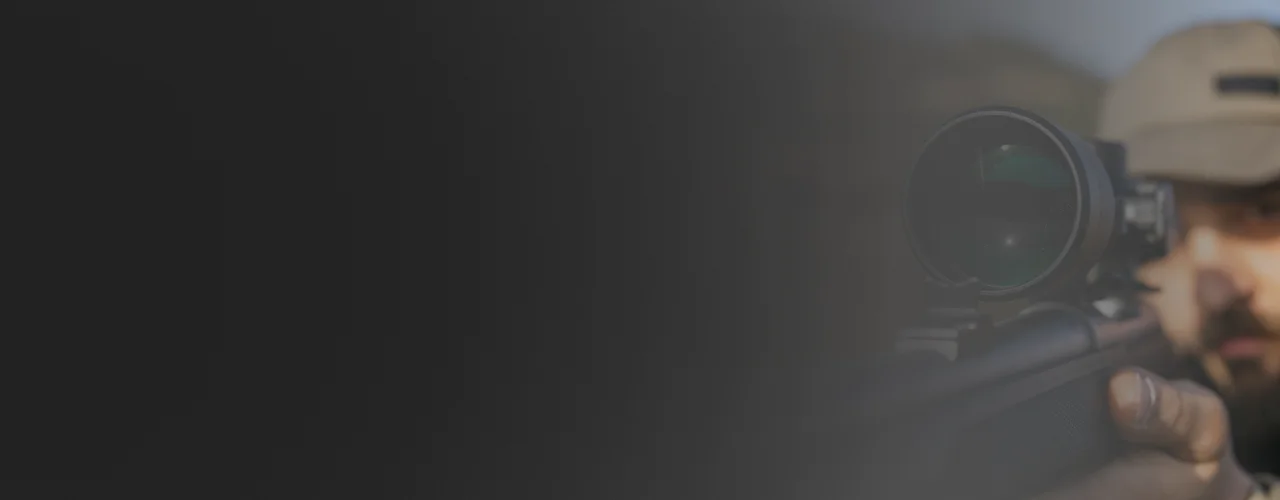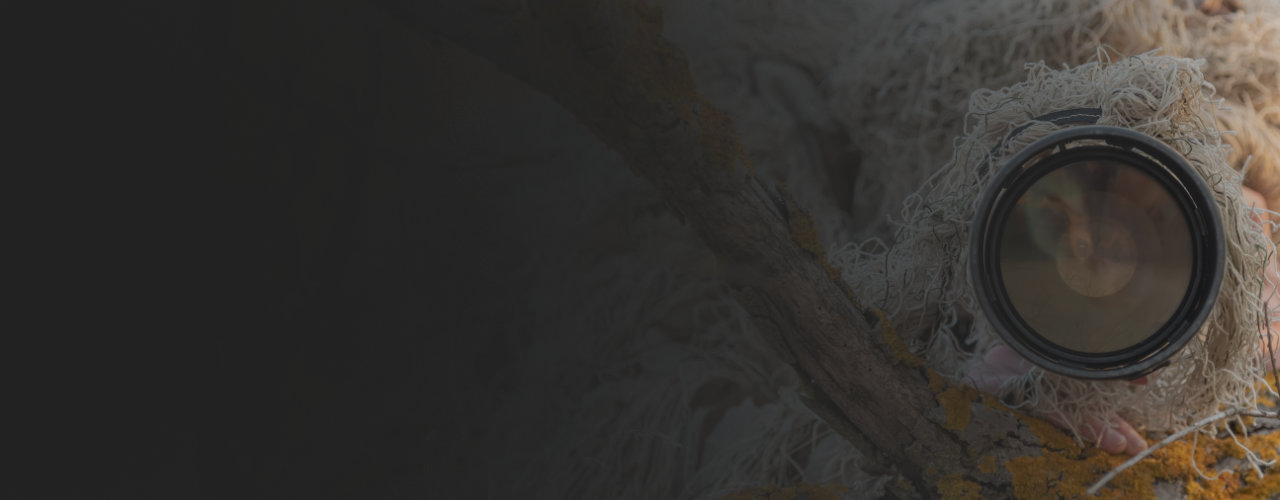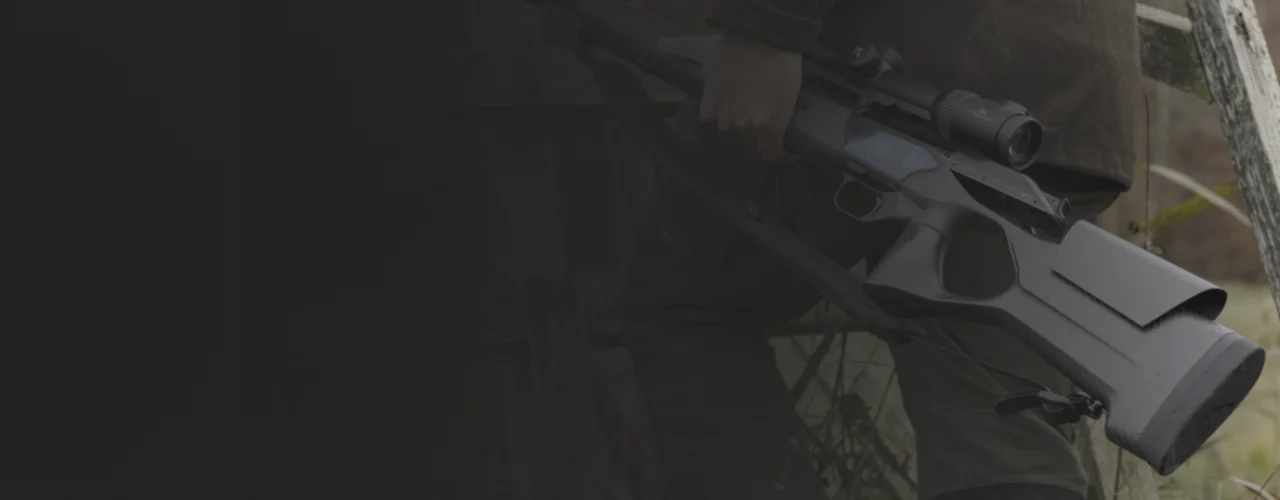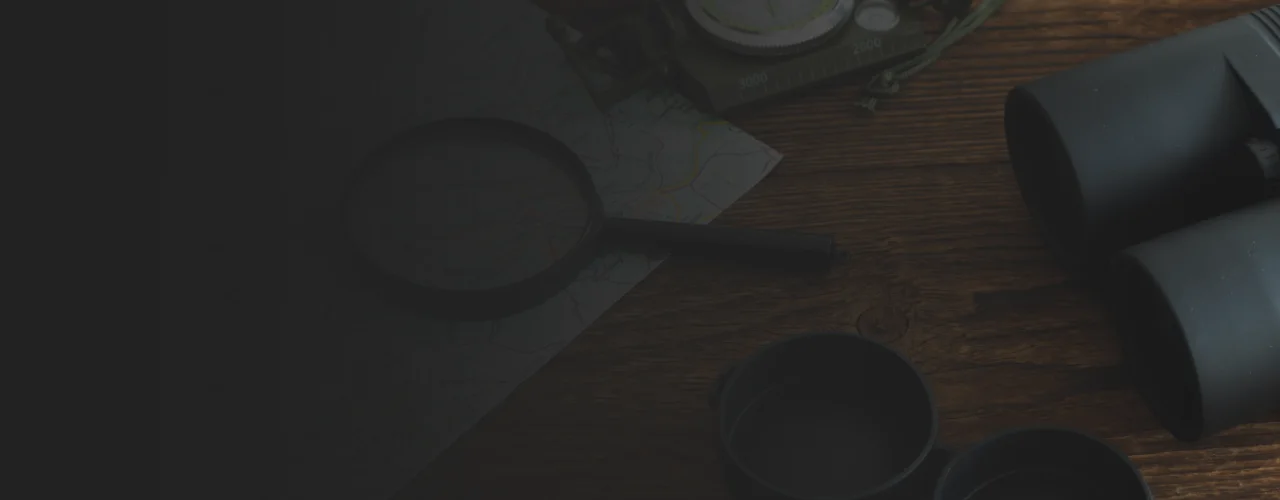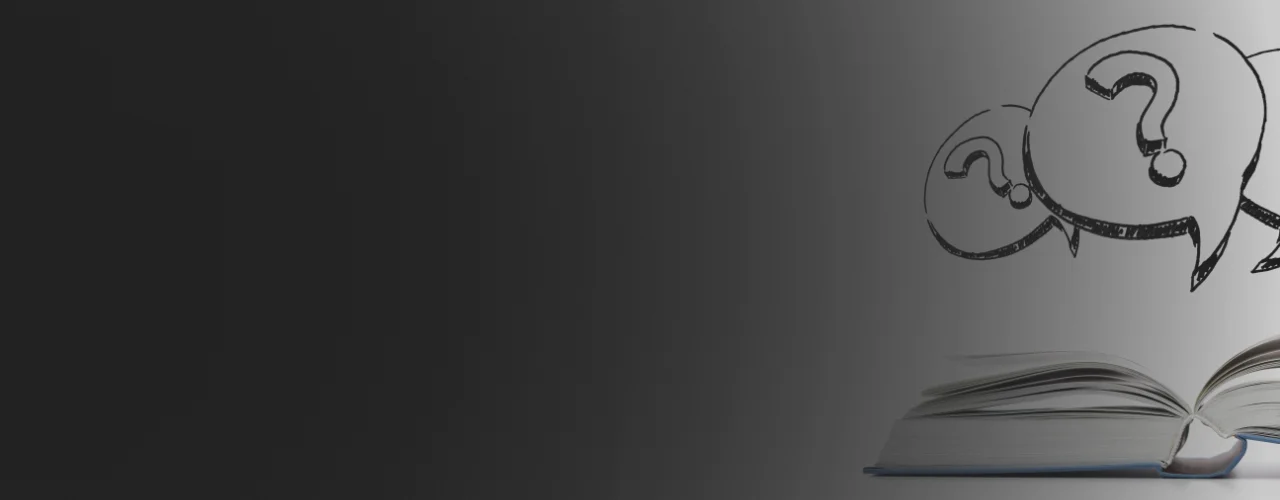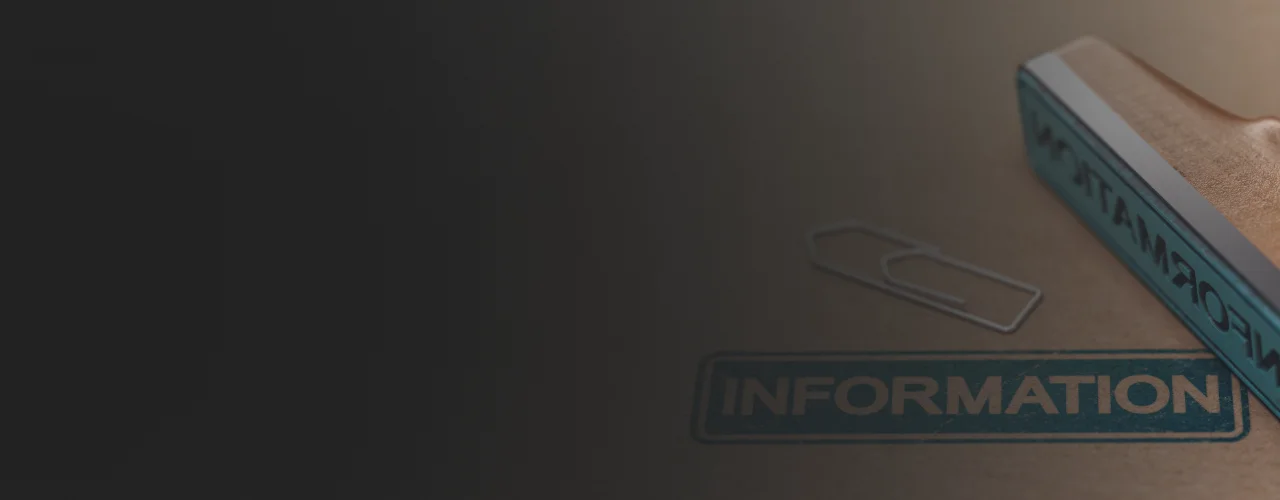[vc_row][vc_column][vc_column_text] Was für Spectacle wearerLooking through binoculars with glasses reduces the field of view by 50-60%. An eyepiece with dioptre compensation offers a remedy for short-sightedness or long-sightedness. " More info to consider when buying binoculars! Half of the European population wear glasses either temporarily or permanentlyViewing through binoculars with glasses reduces the Field of visionThe size of the field of view indicates the width of the terrain that can be observed through the binoculars at a distance of 1000 metres. " More info around 50-60%. For short-sightedness or long-sightedness, a EyepieceThe eyepiece is the lens group of an optical system that faces the eye. The eyepieces consist of several separate lenses - achromats (3-6 individual lenses). " More info with dioptre compensation. " More info. Looking through binoculars with glasses reduces the field of visionThe [...]
Category Archives: Wiki
[vc_row][vc_column][vc_column_text] Dioptre correctionThe dioptre correction on the eyepiece is used to compensate for different visual acuities of the eyes. " More info for Spectacle wearerLooking through binoculars with glasses reduces the field of view by 50-60%. An eyepiece with dioptre compensation offers a remedy for short-sightedness or long-sightedness. " More info with different visual acuity The dioptre correctionThe dioptre correction on the eyepiece is used to compensate for different visual acuities of the eyes. " More info on the eyepieceThe EyepieceThe eyepiece is the lens group of an optical system that faces the eye. The eyepieces consist of several separate lenses - achromats (3-6 individual lenses). " More info is the lens group of an optic that corresponds to the EyeThe retina of our eyes has two different types of sensory cells or receptors, the cones (for day vision) and the rods (for night vision). " More info is facing the eyepiece. The eyepieces consist of several separate LensesThe use of aspherical lenses leads to a reduction in the overall length of the binoculars and in some cases to a significant reduction in weight. " More info - made of achromats (3-6 individual lenses). " More information is used to compensate for different visual acuities of the eyes. For many [...]
[vc_row][vc_column][vc_column_text] Die Funktionsweise der Dunkeladaption und Helladaption des Lichts bzw. auf der Netzhaut im Auge Die Netzhaut unserer Augen verfügt über zwei unterschiedliche Arten von SinneszellenDie Netzhaut unserer Augen verfügt über zwei unterschiedliche Arten von Sensory cellsThe retina of our eyes has two different types of sensory cells or receptors, the cones (for day vision) and the rods (for night vision). " More info or receptors, on the one hand the cones (for day vision) and on the other the rods (for night vision). " More info or receptors, [...]
[vc_row][vc_column][vc_column_text] Ferngläser mit verstellbaren EyecupsFor spectacle wearers, all DDoptics binoculars are equipped with retractable eyecups. This makes observation easier and enlarges the field of vision. " More info - Ideal for Spectacle wearerLooking through binoculars with glasses reduces the field of view by 50-60%. An eyepiece with dioptre compensation offers a remedy for short-sightedness or long-sightedness. " More info For spectacle wearersLooking through binoculars with glasses reduces the Field of visionThe size of the field of view indicates the width of the terrain that can be observed through the binoculars at a distance of 1000 metres. " More info around 50-60%. For short-sightedness or long-sightedness, a EyepieceThe eyepiece is the lens group of an optical system that faces the eye. The eyepieces consist of several separate lenses - achromats (3-6 individual lenses). " More info with dioptre compensation. " More information At DDoptics, all binoculars are equipped with retractable eyecupsFor spectacle wearers, all binoculars at DDoptics are equipped with retractable eyecups. This makes it easier to [...]
[vc_row][vc_column][vc_column_text] Funktionsweise von Okularen bei optischen Geräten – Ferngläsern und Zieloptiken Das OkularDas EyepieceThe eyepiece is the lens group of an optical system that faces the eye. The eyepieces consist of several separate lenses - achromats (3-6 individual lenses). " More info is the lens group of an optical system that faces the eye. The eyepieces consist of several separate LensesThe use of aspherical lenses leads to a reduction in the overall length of the binoculars and in some cases to a significant reduction in weight. " More info - of achromats (3-6 individual lenses). " More information is the group of lenses of an optical system that is attached to the eyeThe retina of our eyes has two different types of achromatic lenses. Sensory cellsThe retina of our eyes has two different types of sensory cells or receptors, the cones (for day vision) and the rods (for night vision). " More info or [...]
[vc_row][vc_column][vc_column_text] Justierung nennt man die präzise Fine tuningAlignment in binoculars refers to the parallel alignment of the two halves of the binoculars. " More info between mechanics and optics An adjustmentIn binoculars, an adjustment is the parallel alignment of the two halves of the binoculars. " More information about binoculars is the parallel alignment of the two halves of the binoculars. If binoculars are knocked hard or fall to the ground, for example, the prisms are displaced and the glassThe quality or type of glass is [...]
[vc_row][vc_column][vc_column_text] Alle DDoptics Ferngläser sind garantiert Water pressure-tightWith a watertight lens, a clean and dry gas filling in the form of an argon or nitrogen filling creates an "internal climate" that prevents fogging. " More info! The waterproofness of optics is guaranteed by DDoptics for 30 years! High-quality riflescopes and binoculars are equipped with extremely precise mechanics. Therefore, no dust or moisture may get inside. If the binoculars or other optical devices are not waterproof, there is a risk of fogging. As fogged up [...]
[vc_row][vc_column][vc_column_text] Die Shot resistanceWhether a target optic is bulletproof is one of the most important criteria when selecting a riflescope - especially for powerful calibres. " More info of a target optic Whether a target optic is bulletproof is one of the most important criteria when selecting a riflescope - especially for powerful calibres. Considerable forces act on the riflescope when a shot is fired. Riflescopes are described as bulletproof if they can withstand these forces without any damage to the housing, the mechanics or the reticle. ReticleDifferent reticles for riflescopes. DDoptics uses the following 3 reticles for its riflescopes, depending on the target optics: " More info at [...]
[vc_row][vc_column][vc_column_text] LichtdurchlässigkeitLichtdurchlässigkeit nennt man die Fähigkeit von optischen GlassIn addition to the coating of optics, the glass quality or type of glass is one of the most important quality factors for binoculars and riflescopes " More info or optical systems to "let through" as many light beams as possible. " More info or TransmissionLight transmission is the ability of optical glass or optical systems to "let through" as many light rays as possible. " More info for optical glassThe glass quality or type of glass is, in addition to the CoatingIf light hits a glass-air surface (e.g. with a roof prism), the reflection causes a loss of light. " More info of optics is one of the most important quality factors in binoculars and riflescopes " More info Light transmission is the ability of optical glass or optical systems to "let through" as many light rays as possible. With a [...]
[vc_row][vc_column][vc_column_text] Einflüsse unterschiedlicher Glasqualitäten wie BK7 oder BAK4In addition to the coating of optics, the glass quality or type of glass is one of the most important quality factors for binoculars and riflescopes " More info for binoculars and riflescopes In addition to the coating, the glass quality or type of glass is also important when light hits a glass-air surface, e.g. in the case of a Roof prismThe main difference between the roof edge and the Porro system is the roof edge, where one of the reflective surfaces resembles a house roof (see picture below). " More info), the reflection causes a loss of light. " More information about optics one of the most important quality factors in binoculars and riflescopes The optical system of binoculars is made up of glass lenses or, in the case of cheap optics, plastic lenses. A manufacturer can [...]
[vc_row][vc_column][vc_column_text] Eye relief for binocularsThe interpupillary distance is the optimum distance between the eyepiece lens and the pupil of the eye. " More info is also known as the interpupillary distance! The interpupillary distanceThe interpupillary distance refers to the optimum distance between the eyepiece lens and the pupil of the eye. " More information describes the optimum distance between the eyepiece lens and the pupil of the eye. With riflescopes, it is a question of trying out what is most comfortable for you. Most binoculars, as well as [...]
[vc_row][vc_column][vc_column_text] Einfluss der optischen Vergütung und CoatingIf light hits a glass-air surface (e.g. with a roof prism), the reflection causes a loss of light. " More info on the quality of binoculars and riflescopes The coating has a high influence on the optical quality and of course also on the price of an optic (binoculars or riflescope). Roof prismThe main difference between the roof edge and the Porro system is the roof edge, where one of the reflective surfaces resembles a house roof (see picture below). " More info), the reflection causes a loss of light. " More information about the lensesThe use of aspherical LensesThe use of aspherical lenses leads to a reduction in the overall length of the binoculars and in some cases to a significant reduction in weight. " More info leads to a reduction in the overall length of the [...]
